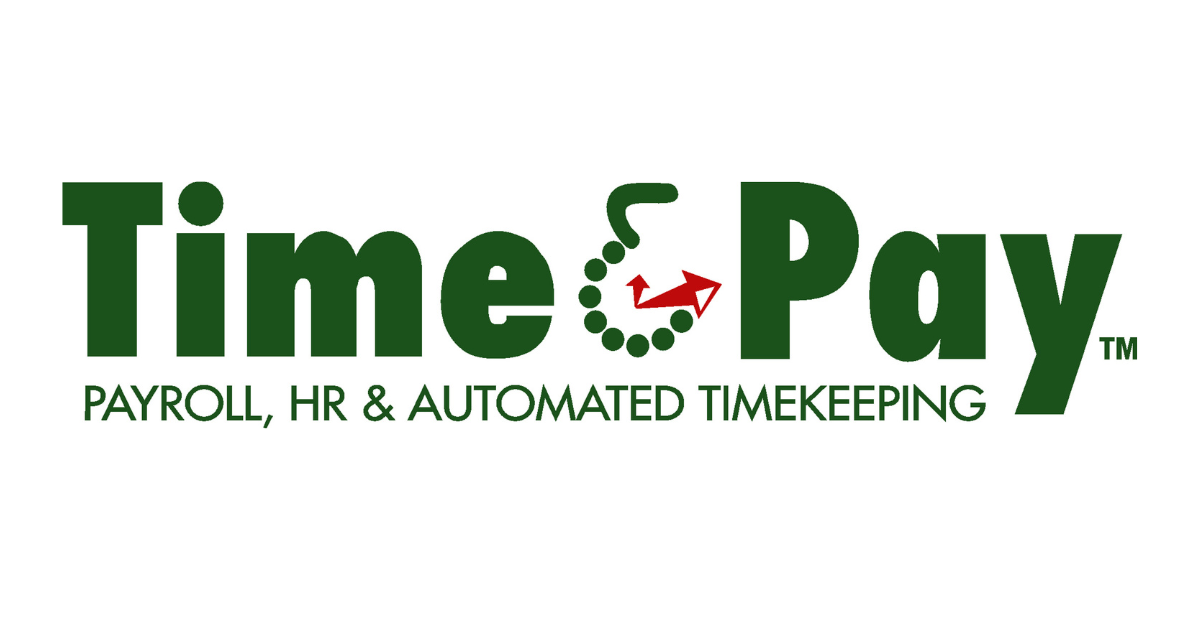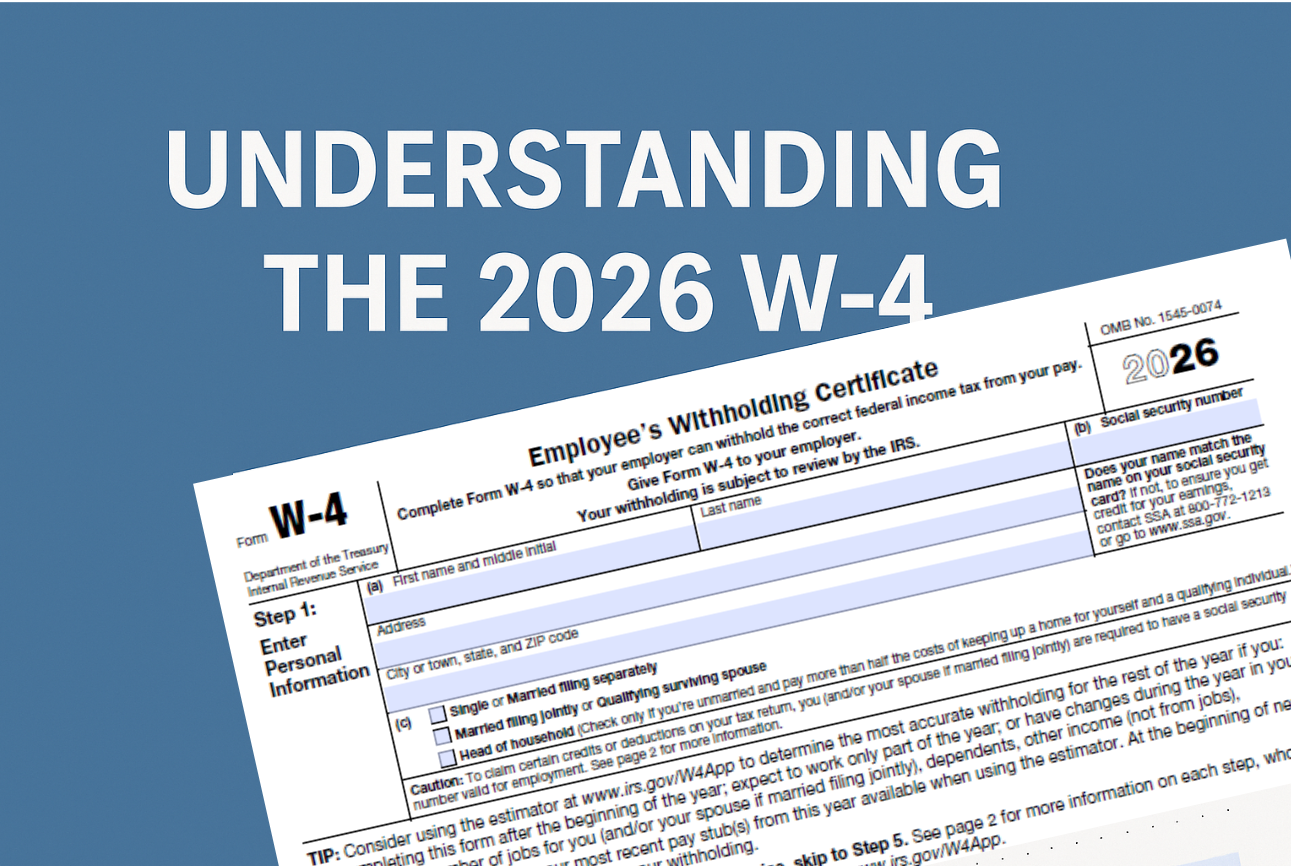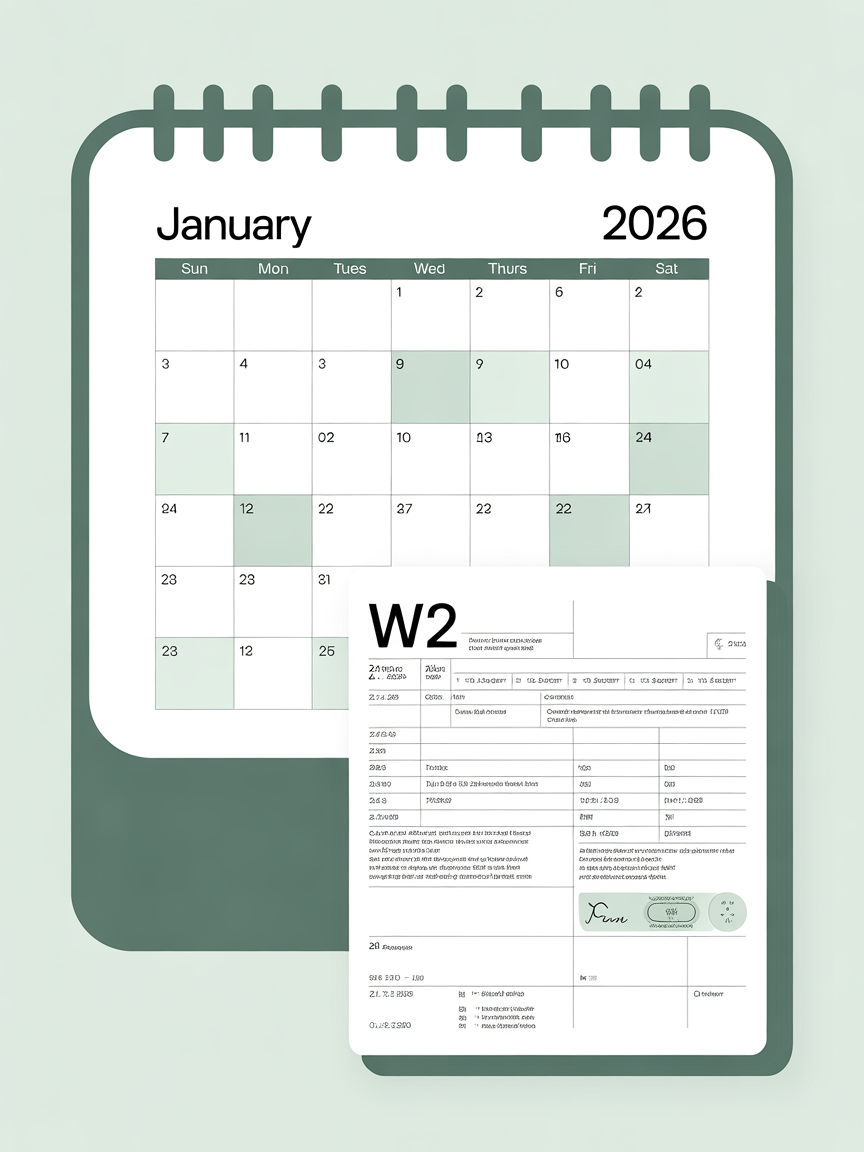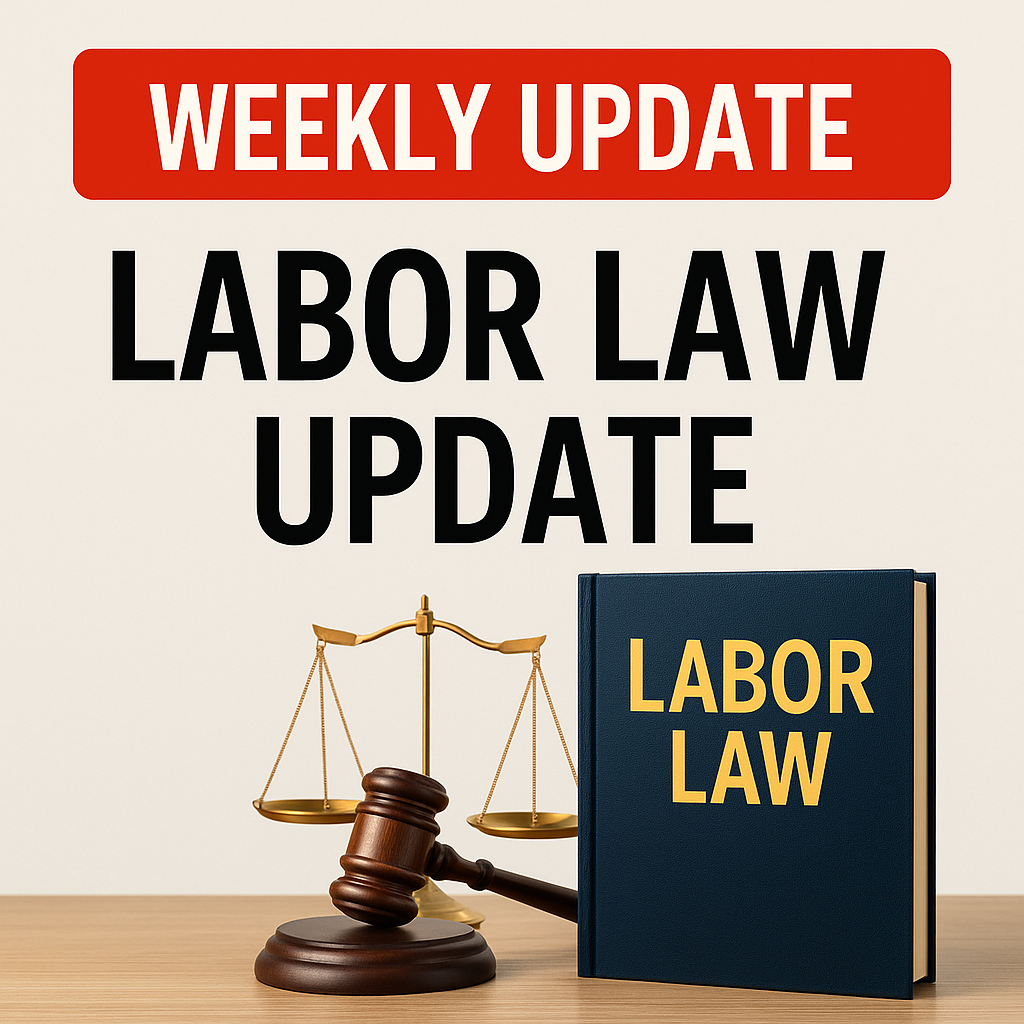Streamlining Employee Onboarding: Setting Up for Success
Starting a new job is a moment filled with excitement and a few jitters. Onboarding plays a crucial role in helping new employees settle in and find their footing. Done right, it makes them feel welcomed and part of the team, all while boosting productivity and engagement. Let's take a closer look at the essential steps, tools, and benefits of successful onboarding, to set the stage for a rewarding work experience.
Understanding the Onboarding Journey
The journey of bringing a new hire into your team begins long before their first official workday. Onboarding is more than a checklist of tasks; it's paramount in setting the groundwork for their success. A good onboarding process is your way of saying, "Welcome, we're thrilled to have you!"
Why Smooth Onboarding Matters
Smooth onboarding goes beyond simply filling out forms and attending orientations. It's about creating an experience where new team members see how they fit into the bigger picture and feel excited about their role. Effective onboarding ensures that new employees:
- Feel Welcome : A friendly start helps them feel part of the team right away.
- Understand Expectations : Being clear about what their role involves helps avoid confusion.
- Feel Supported : Offering help and resources makes newcomers feel confident in their new position.
Key Steps in the Onboarding Process
Pre-Onboarding Stage
Being prepared before your new employees arrive sets a solid groundwork. Start your onboarding by sending a welcome email once they accept your offer, helping create a positive and anticipatory start. Also, get all the paperwork out of the way early, so they can focus on being part of the team once they start.
First Day Introduction
Day one is all about getting comfortable. Start with a warm hello and introductions to their teammates. Assign a mentor or buddy who can help them get through those initial hurdles. Make sure they have access to training and resources to get their questions answered right from the start.
The First Week
Set aside the first week to embed them into the company's culture. This is the time for job-specific training and to share any materials they'll need going forward. Make sure they know the company's values and how they contribute to the team's goals.
Settling in During the First Month
Gradually start adding responsibilities to keep them engaged. Regular feedback sessions will help address any concerns. Short weekly meetings can ensure they're on track and happy with their progress without causing overwhelm.
Continuous Support
Remember, onboarding doesn't end after a month. Encourage new hires to keep learning and developing their skills, which shows them that their growth matters to the company. Regular team activities also help in ensuring they feel truly part of the organization.
Benefits of Effective Onboarding
A well-planned onboarding process brings numerous advantages:
- Better Retention : Employees who feel like they belong are more likely to stay longer.
- Higher Job Satisfaction : Feeling welcomed and knowing their role plays a big part in enjoying their job.
- Boosted Productivity : The faster they understand their work, the faster they contribute effectively.
- Lower Turnover Costs : Keeping employees means saving on hiring costs.
- Stronger Company Reputation : Good onboarding makes your company appealing to future talent.
Tools to Enhance Onboarding
Onboarding Software
Using digital tools can take care of repetitive tasks and make sure nothing is overlooked. These systems can handle emails, manage documents, and offer easy access to resources, making onboarding straightforward and seamless.
Mentoring Programs
Pairing new employees with a mentor or buddy gives them someone to rely on for guidance and advice. This connection makes their transition smoother and more personal.
Effective Communication
Clear lines of communication mean new hires can easily express concerns or seek help. Regular check-ins, whether through email, chats, or face-to-face, keep everything on track.
Welcome Kits
Welcome kits can be electronic or a gift bag delivered to their desk. They often contain details about the company, its culture, and team expectations. It's a simple way to show new hires they're valued right from the start.
Best Practices for Great Onboarding
- Make It Personal : Tailor your onboarding process to meet each individual new hire's needs.
- Set Expectations Clearly : Help new hires understand what's expected from them to eliminate any ambiguity.
- Offer Continued Support : Beyond initial training, ongoing support keeps motivation high.
- Cultivate an Inclusive Atmosphere : Ensure everyone feels part of the team.
- Review and Improve : Regularly assess your onboarding practices to ensure they remain effective and beneficial.
Wrapping Up: The Road to a Positive Onboarding Experience
Investing in smooth onboarding is investing in your organization's success. By focusing on a comprehensive and supportive process, your company can retain talent and elevate both satisfaction and productivity levels. Using good practices, the right tools, and fostering open communication sets your new team members up for success and helps them contribute enthusiastically to your organization's goals.
Frequently Asked Questions About Payroll Onboarding
What is Onboarding in Payroll?
Onboarding in payroll is about integrating new employees into the company's payroll system. This involves setting up profiles, gathering necessary tax and benefits documents, and ensuring they're paid correctly and on time. It's a critical step for making new employees' entrance into your company smooth and efficient.
Does Time & Pay Provide Onboarding Services?
Absolutely! Time & Pay offers a user-friendly platform that simplifies the onboarding process, eliminates paperwork, and allows businesses to collect, manage, and store new hire information electronically, making payroll processing seamless.
Does Paychex Provide Onboarding Services?
Yes, Paychex offers a range of onboarding services as part of their HR and payroll solutions. Like Time & Pay's, their tools simplify the hiring process by allowing businesses to collect and manage new hire information electronically.
Does ADP Run Feature Onboarding?
Absolutely. ADP Run includes robust onboarding features in its payroll solution for small businesses. Like Time & Pay's, these tools help automate paperwork and set up new employees in the system swiftly.
Does Paycor Offer Onboarding?
Yes, Paycor includes onboarding services as part of its HR and payroll offerings. Like Time & Pay, their platform is designed to facilitate a smooth new hire experience, managing all necessary administrative tasks and integrating with payroll efficiently.




